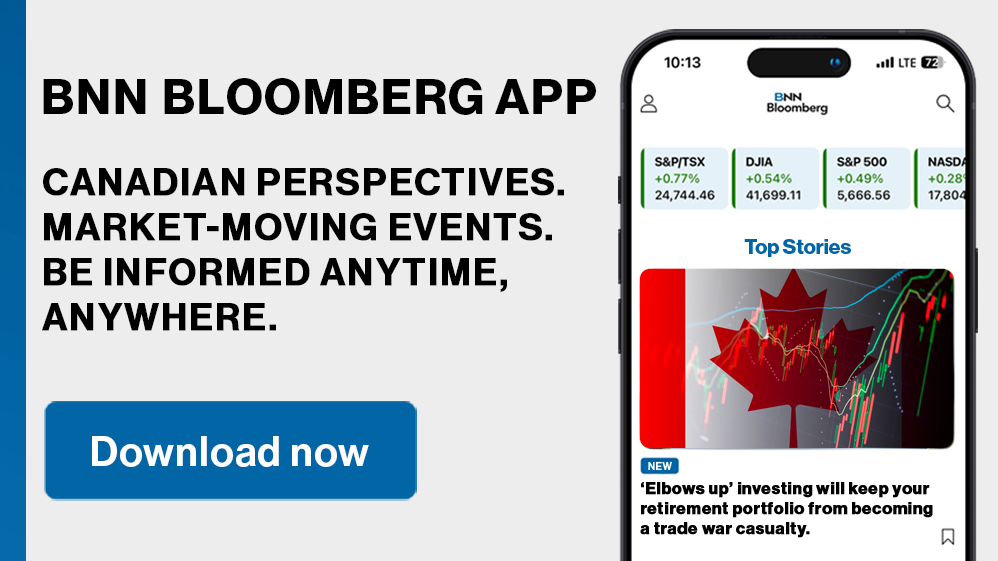Who hasn’t wished they could go back in time and buy a hot stock while it was still lukewarm; maybe get your hands on a time machine that could be set to one year ago before a stock like Nvidia tripled in value on the back of the artificial intelligence (AI) boom?
Well, you can’t, but you can position your portfolio to be prepared for the next Nvidia through market-weighted exchange-traded funds (ETFs). Market weighted means the weightings of individual stocks in an ETF are based on their current market capitalization in the underlying index, and rebalanced each day as their values change.
If a stock in the underlying index gains in value, it takes a bigger stake in the index and consequently, the ETF. If it declines, the stock moves down the ranks and possibly out of the index. In other words, the cream rises to the top and the weak wither.
As an example, Nvidia has risen to the third largest weighting in any market-weighted ETF that tracks the Nasdaq 100, right behind Apple and Microsoft. In the past year, Nvidia has overtaken so-called “FAANG” stocks including Amazon, Meta (Facebook) and Alphabet (Google), helping propel the value of the entire index by over 35 per cent.
Remove the guesswork by buying the entire index
Few professional investors knew AI-based stocks would take off the way they have, let alone retail investors saving for retirement. But it doesn’t matter because market-weighted ETFs remove the guesswork for up-and-coming trends. If you own the index, you automatically own a bigger piece of the hottest stocks and a smaller portion of the weaker ones.
If you bought a Nasdaq 100 ETF in the wake of the 2000 tech meltdown, you were invested in the technology heavyweights of the day like Palm Inc., Red Hat, JDS Uniphase and Canada’s Research in Motion (now Blackberry).
If you held it to 2019, those companies had long faded from the upper ranks of the correlating index to make way for the now-popular FAANG stocks.
As companies came and went since the tech wreck of 2000, the value of the Nasdaq 100 has ballooned by more than nine times.
Position your portfolio for up-and-comers in other sectors
While the Nasdaq is often considered a technology index, only 60 per cent of its components are actually technology stocks. There are countless other market-weighted ETFs with a pure focus on specific sectors such as health care, or sub-sectors including biotech, genomics and pharmaceuticals.
A 470 per cent rise in shares of Danish pharmaceutical giant Novo Nordisk over the past five years, for example, has contributed to a 60 per cent gain for the VanEck Pharmaceutical ETF over the same period.
Few knew Novo Nordisk’s leading diabetes drug, Ozempic, would also be an effective treatment for obesity.
Even multi-billion dollar money managers often resort to health-care ETFs to hedge against risk from the unpredictability of the effectiveness of a company’s single product or regulatory approval.
Be ready for anything with an ETF portfolio
Investors who choose ETFs over individual stocks will never get the full benefit of the next Nvidia or Novo Nordisk, but they will be protected by the full downside impact of companies that flame out. Diversification is key for retirement investors who want to hold on to their gains.
Total diversification is possible through a portfolio of ETFs that span all major sectors and geographic regions.
It is important to know that ETFs charge annual fees based on a per cent of the amount invested, which causes them to lag the performance of the underlying index depending on the fee.
Fees can be lower than one-tenth of a per cent but can top half of a per cent if the ETF is Canadian-dollar hedged. That’s why it’s important for Canadian investors to invest using U.S. dollars. U.S. dollar trading accounts are permitted in registered retirement savings plans (RRSPs) and tax-free savings accounts (TFSAs).












